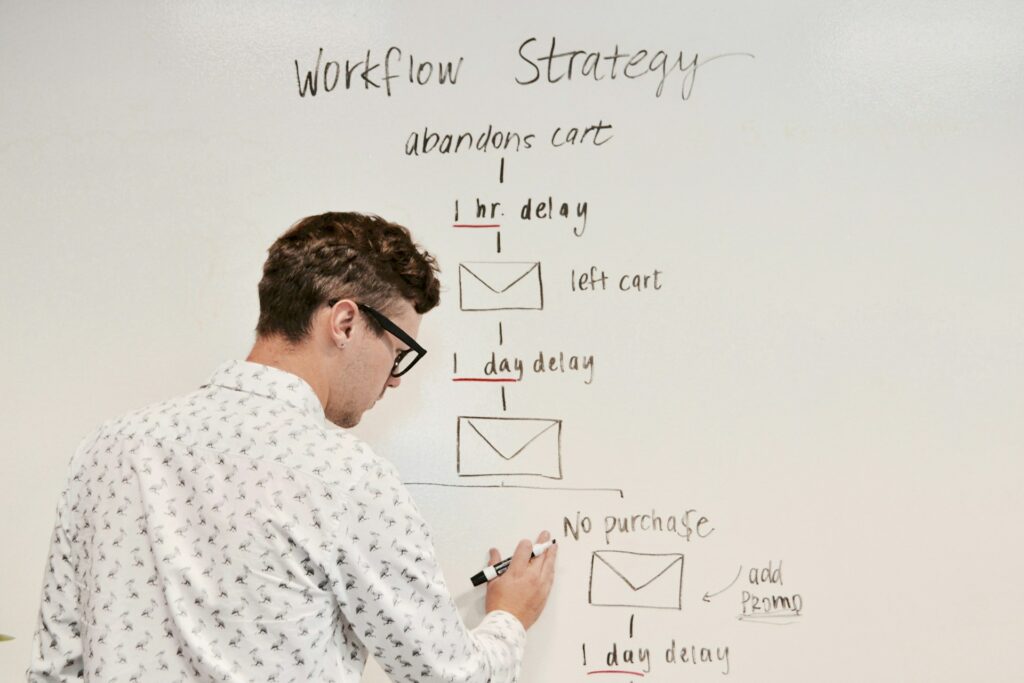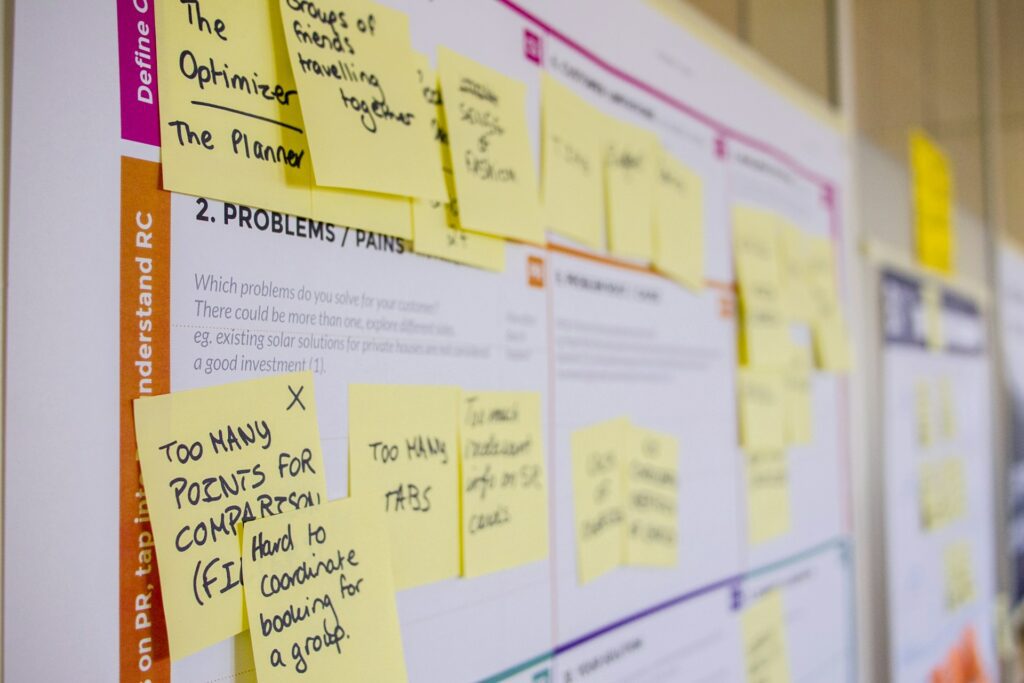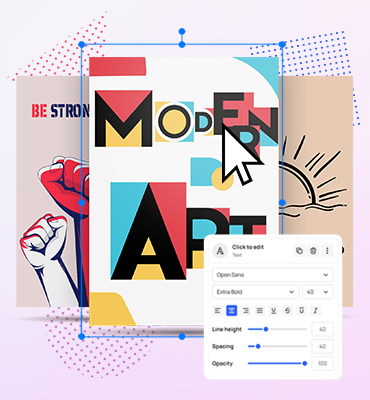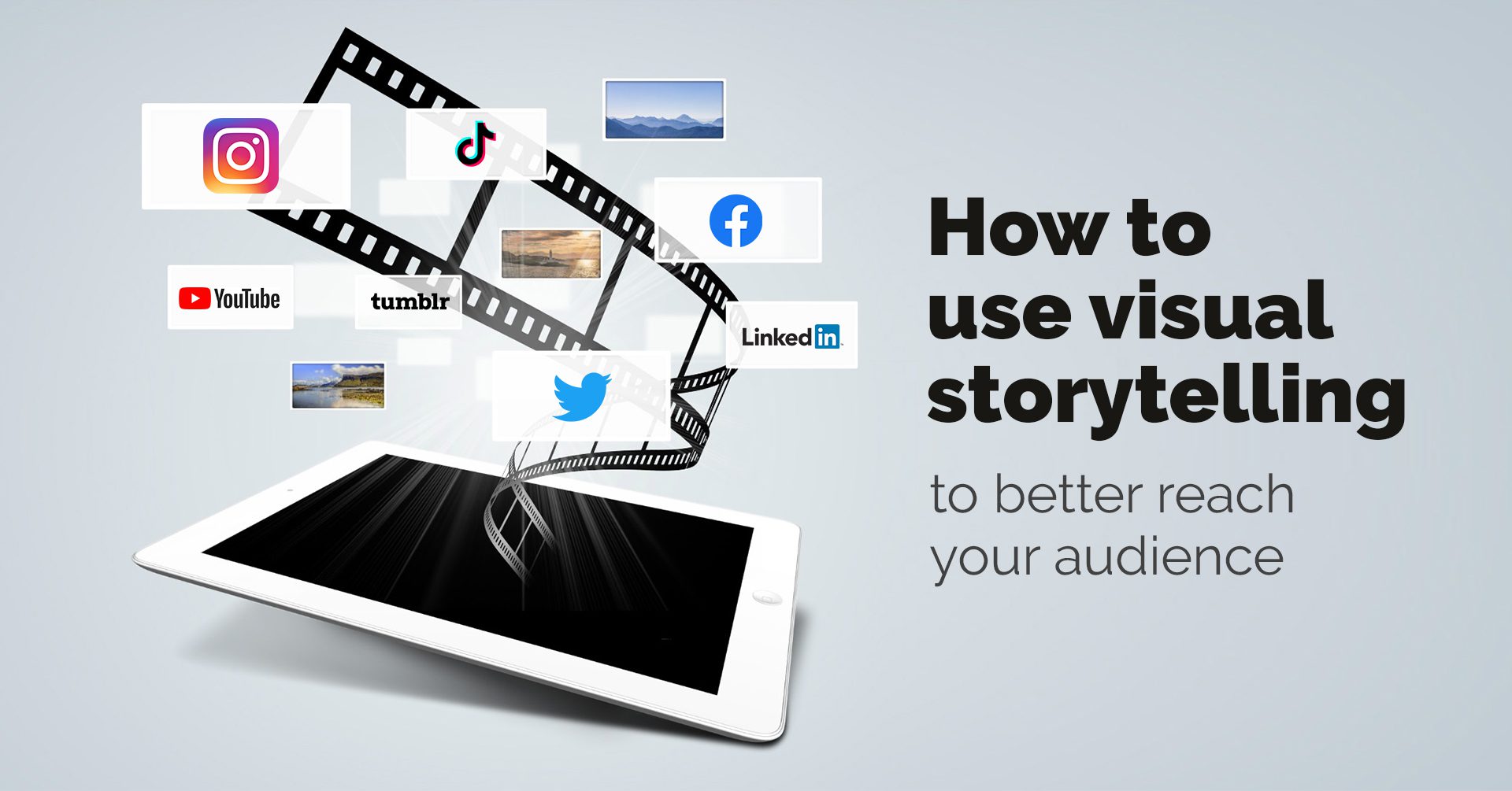Integrating Visual Content Into Your Project Management Strategy

In today’s fast-paced digital world, effective project management is crucial for businesses striving to maintain a competitive edge.
With remote work becoming normal and teams dispersed across different locations, traditional project management methods are evolving. One of the most significant changes in recent years has been the integration of visual content into project management strategies. Visual content not only enhances communication but also boosts engagement and productivity.
In this blog, we’ll explore the benefits of integrating visual content into your project management strategy and provide practical tips for implementation.
The Importance of Visual Content in Project Management
Visual content, like images, videos, infographics, and charts, is crucial in modern project management. It helps in conveying complex information quickly and effectively, simplifying the understanding of project goals for team members, timelines, and tasks. Here are several important reasons why visual content is essential in project management:
Enhanced Communication
Visuals are universally understood and can bridge language barriers, making them an excellent tool for global teams. They help simplify complex concepts and ensure everyone is on the same page. For instance, a Gantt chart visually represents project timelines, helping team members understand deadlines and dependencies at a glance.
Increased Engagement
Humans are naturally drawn to visuals. Studies show people are likelier to engage with visual content than text-based information. Integrating visuals into project management keeps team members interested and motivated. Infographics, for example, can be used to present project progress, making status updates more engaging.
Improved Retention
People tend to retain visual information better than text. You can ensure team members retain essential information by incorporating visuals into project management. This is especially advantageous for training sessions and onboarding new team members.
Streamlined Processes
Visual content can streamline project management processes by providing precise and concise instructions. Flowcharts and diagrams can map out workflows, helping team members understand their roles and responsibilities. This minimizes the chances of errors and misunderstandings.
Types Of Visual Content For Project Management

Having understood the significance of visual content in project management, let’s explore the different types of visuals you can integrate into your strategy:
Infographics
Infographics are visually appealing representations of information. They can present project data, milestones, and key metrics. Infographics make complex information easier to comprehend and share, enhancing team communication.
Flowcharts
Flowcharts are diagrams that represent a process or workflow. They use symbols and arrows to illustrate the steps involved in a process. Flowcharts help teams understand processes, identify inefficiencies, and improve workflows.
Gantt Charts
Gantt charts are a fundamental tool in project management. They offer a visual overview of project tasks, timelines, and dependencies. Gantt charts help project managers track progress, allocate resources, and identify potential bottlenecks.
Kanban Boards
Kanban boards are visual tools designed to manage workflows. They consist of columns representing different project stages, with tasks as cards moving from one column to another. Kanban boards provide a transparent overview of project progress and help teams manage tasks efficiently.
Mind Maps
Mind maps are graphical tools designed to arrange and structure information visually. They start with a central idea and branch out into related concepts. Mind maps are useful for brainstorming sessions, project planning, and problem-solving.
Dashboards
Dashboards provide a visual summary of key project metrics and performance indicators. They consolidate data from various sources and present it in an easily digestible format, helping project managers make informed decisions and track project progress.
How To Integrate Visual Content Into Your Project Management Strategy?

Integrating visual content into your project management strategy requires careful planning and execution. Here are some practical steps to get you started:
1. Identify Key Areas For Visual Content
Determine which aspects of your project management process can benefit the most from visual aids. These may include:
- Project Timelines: Gantt charts, timelines, and roadmaps.
- Task Management: Kanban boards, task flowcharts, and priority matrices.
- Resource Allocation: Resource charts and availability schedules.
- Progress Tracking: Dashboards, progress bars, and milestone trackers.
2. Create Clear and Concise Visuals
Make sure your visuals are clear and easy to interpret. Use clear labels, color coding, and legends where necessary. Avoid clutter by maintaining a clean, straightforward design and focusing on vital information.
3. Standardize Visual Formats
Develop standards for your visual content to maintain consistency across all projects. This could include templates for charts, diagrams, and dashboards. Standardization helps team members quickly understand and use the visuals effectively.
4. Train Your Team
Provide training sessions or resources to ensure all team members know how to create, interpret, and utilize visual content within your project management framework. This will maximize the benefits of visual integration.
5. Regularly Update Visual Content
Keep all visual content up-to-date to reflect the current state of the project. Outdated visuals can lead to clarity and communication. Schedule regular reviews and updates as part of your project management routine.
6. Encourage Collaborative Visualization
Use collaborative tools that let team members contribute to and update visual content. Tools like Miro or Lucidchart facilitate real-time collaboration on diagrams, flowcharts, and mind maps.
7. Integrate Visual Content into Meetings and Reports
Incorporate visual content into project meetings and reports to provide a clear overview of progress, challenges, and next steps. Visuals can simplify complex information, making it easier to understand and more engaging for stakeholders.
8. Share Visual Updates on Social Media
If your project involves external stakeholders or a broader audience, sharing visual updates on social media can enhance visibility and engagement. For instance, if your goal is to get more Instagram followers, consider posting project highlights, behind-the-scenes content, and visual progress updates to keep your audience engaged and informed.
9. Solicit Feedback
Collect feedback from your team regarding the effectiveness of the visual content. Are the visuals helping with understanding and productivity? Are there any areas for improvement? Use this feedback to refine your visual content strategy.
10. Utilize a Variety of Visual Formats
Different types of visuals serve different purposes. Consider using a mix of the following:
- Charts and Graphs: For data representation and analysis.
- Diagrams and Flowcharts: To illustrate processes and workflows.
- Dashboards: For an at-a-glance view of project status and key metrics.
- Maps: For geographical information and location-based tasks.
- Infographics: To summarize complex information in a visually appealing format.
How To Choose The Right Visual Tools For Your Projects?
Choosing the right visual tools for your projects involves careful consideration of your team’s needs and requirements. Consider these key points to guide your selection process:
- Assess Your Team’s Needs: Identify your team’s specific visual requirements. Do they need tools for creating infographics, charts, timelines, or collaborative whiteboards? Understanding these needs is crucial.
- Compatibility with Existing Tools: Ensure the visual tools you choose integrate seamlessly with your project management software. This will reduce the requirement for additional training and minimize disruption.
- Ease of Use: Choose user-friendly tools. Complex tools can hinder productivity rather than enhance it.
- Collaboration Features: Choose tools that support real-time collaboration, enabling team members to work together efficiently from any location.
- Cost-Effectiveness: Consider the cost and ensure it aligns with your budget. Some tools may offer free versions with restricted features or trial periods.
- Customer Support and Training: Reliable customer support and available training resources can significantly improve visual tool adoption and effective use.
Integrating Visual Content with Your Existing Project Management (PM) Software
Integrating visual content with your existing project management software can streamline workflows and improve project clarity. Here’s how to do it effectively:
- Compatibility Check: Ensure the visual tools you choose integrate seamlessly with your project management software and communication systems like PBX SIP trunking. This will reduce the requirement for additional training and minimize disruption, providing a unified platform for both visual content and communication.
- Standardize Formats: Use standardized formats for visual content to ensure consistency and compatibility. Standard formats like PNG, JPEG, and PDF are generally supported across platforms.
- Automate Data Import: Utilize tools that can automatically import data from your PM software into visual content tools. This reduces manual data entry and errors.
- Centralized Storage: Store visual content in a centralized location within your PM software. This ensures easy access and version control.
- Training and Documentation: Offer your team training sessions on integrating and using visual content within the PM software. Document best practices and workflows.
- Regular Updates: Update your PM software and visual content tools to ensure compatibility and access to new features.
Common Pitfalls to Avoid When Using Visual Content

While visual content can significantly enhance project management, there are common pitfalls to avoid to ensure its effective use:
- Overcomplicating Visuals: Avoid creating overly complex visuals. Simplicity ensures that all team members easily understand your visual content.
- Ignoring Consistency: Consistent use of visual styles and formats can lead to clarity. Establish and adhere to a set of visual guidelines for your team.
- Neglecting Accessibility: Ensure all visual content is accessible to every team member, including those with disabilities. Use accessible design principles and provide alternative text descriptions.
- Overloading with Information: Avoid cramming too much information into a single visual. Focus on the most critical data points to keep visuals clear and impactful.
- Failing to Update Visuals: Outdated visuals can mislead team members. Regularly update your visual content to reflect the most current project data.
- Lack of Feedback Loop: Encourage feedback on visual content from team members to ensure it meets their needs and effectively conveys information.
Evaluating the Impact of Visual Content on Project Outcomes
Evaluating the impact of visual content on project outcomes involves assessing its contribution to communication, efficiency, and overall project success. Here’s how to conduct a thorough evaluation:
- Set Clear Objectives: Clarify your objectives for creating visual content, such as improved communication, faster decision-making, or better stakeholder engagement.
- Collect Feedback: Get feedback from team members and stakeholders on the usefulness and clarity of the visual content. Surveys and direct interviews can provide valuable insights.
- Measure Engagement: Track how often visual content is accessed and used. High engagement levels indicate that visuals are an effective tool for your team.
- Analyze Performance Metrics: Compare project performance metrics before and after implementing visual content. Look for improvement in task completion times, error rates, and meeting outcomes.
- Qualitative Analysis: Conduct qualitative analysis through case studies or project reviews to understand the role of visual content in achieving project milestones.
- Continuous Improvement: Refine and enhance your visual content strategy using the evaluation results. Constantly explore methods to improve the quality and impact of your visuals.
Future Trends in Visual Content for Project Management
Staying ahead of future trends in visual content for project management can provide a competitive edge. Here are some key trends to watch:
- AI-Powered Visualization: Artificial intelligence (AI) will significantly create and optimize visual content. AI tools can automatically generate visuals from data, making the process faster and more efficient. Statistics about AI project that the global use of AI is projected to grow by 37% annually from 2023 to 2030, highlighting its increasing relevance in automating processes and improving efficiency across industries.
- Interactive Dashboards: Interactive dashboards that allow users to manipulate and explore data in real time will become more prevalent, enhancing data-driven decision-making.
- Virtual and Augmented Reality: VR and AR technologies will offer immersive visualizations, providing new ways to interact with project data and collaborate remotely.
- Integration with Collaboration Tools: Visual content tools will integrate more with collaboration platforms like Slack and Microsoft Teams, facilitating seamless communication and workflow.
- Personalized Visual Content: Customizable visuals tailored to individual team members’ roles and preferences will enhance relevance and engagement.
- Enhanced Data Security: As visual content becomes more critical, ensuring visual data security will be a priority. Advanced encryption and access controls will be essential.
Conclusion
Integrating visual content into your project management strategy can enhance communication, collaboration, and efficient workflows. By choosing the right tools, keeping your visuals simple and relevant, and encouraging collaboration, you can leverage the impact of visual content to boost your project’s success. Visual content can transform how you manage projects, whether tracking project progress with Gantt charts, presenting updates with infographics, or engaging your team with videos.
In today’s visually-driven world, integrating visual content into project management is not just an option—it’s a necessity. Embrace the power of visuals and watch your project management strategy reach new heights.
Related articles
Visualize your design Use a product mockup to showcase your design

Create your design Use our templates to create delightful designs for any medium




